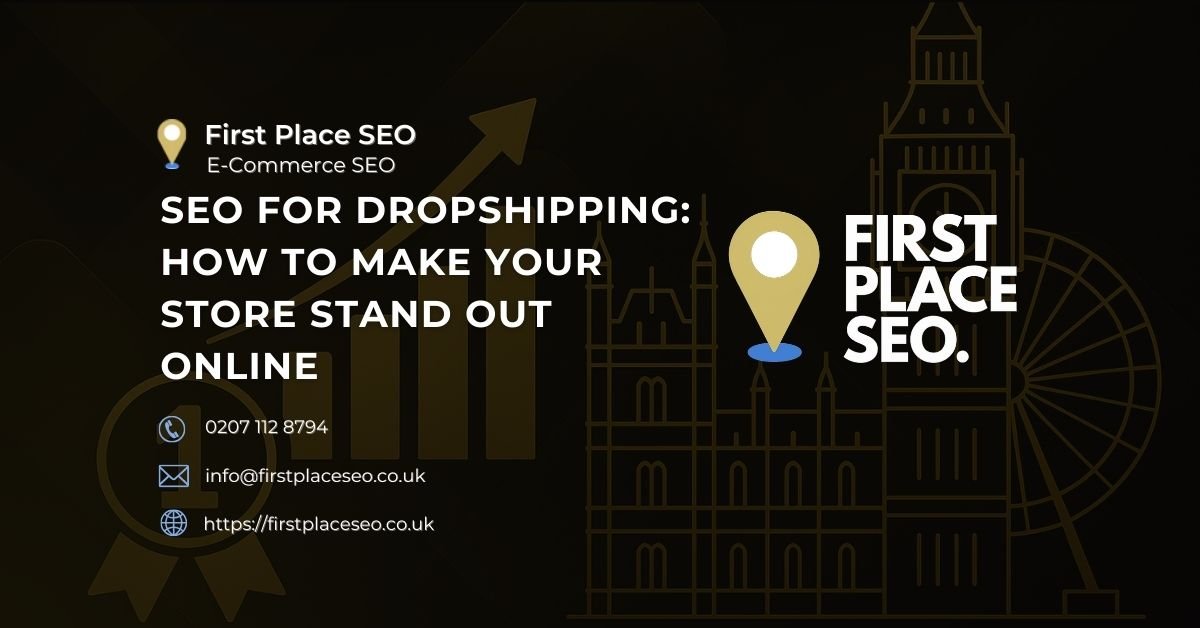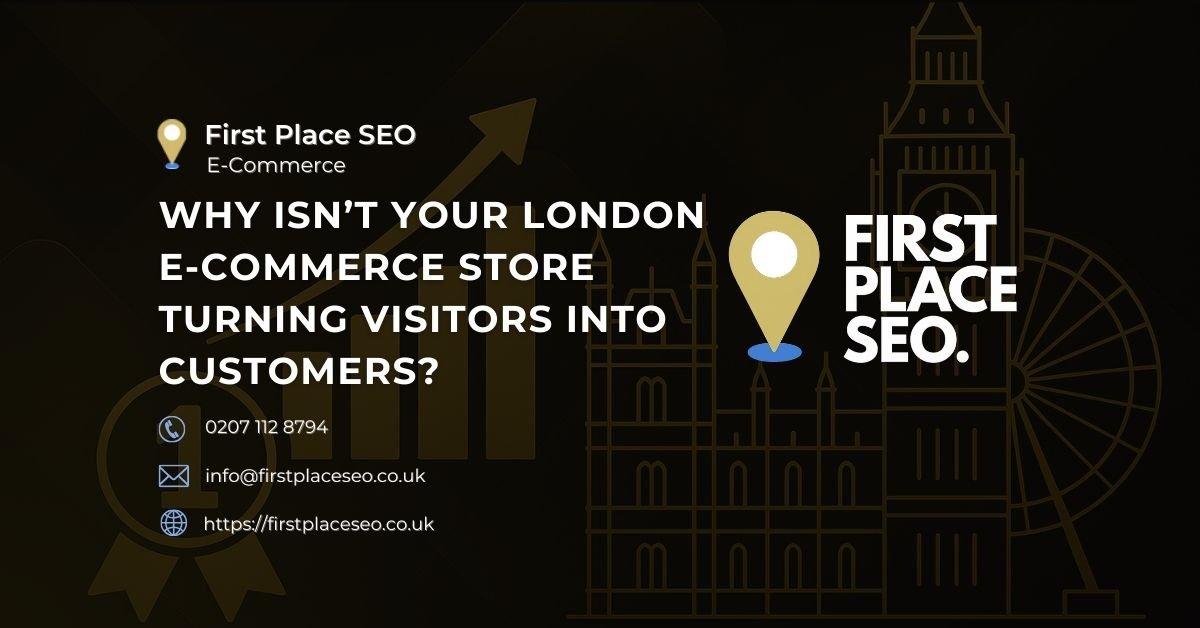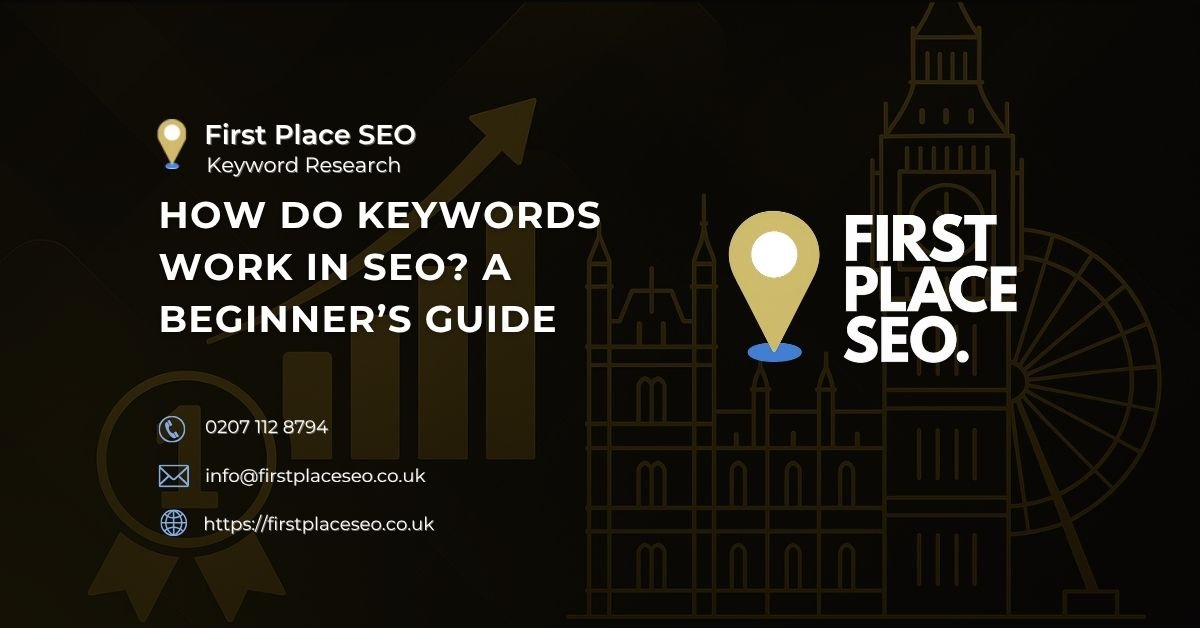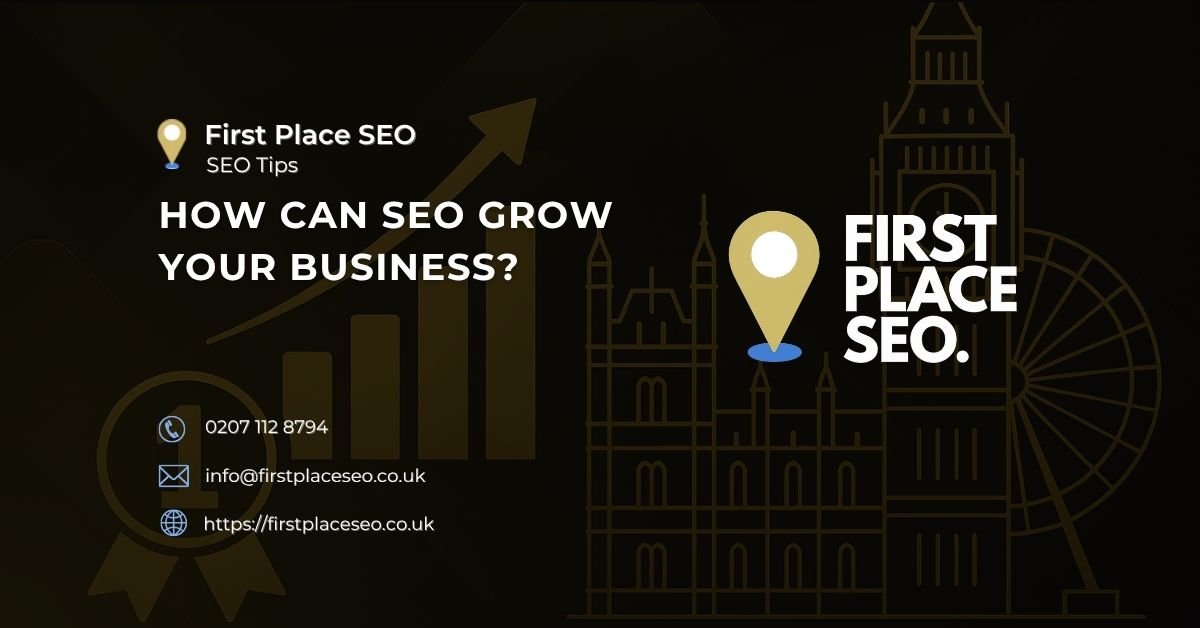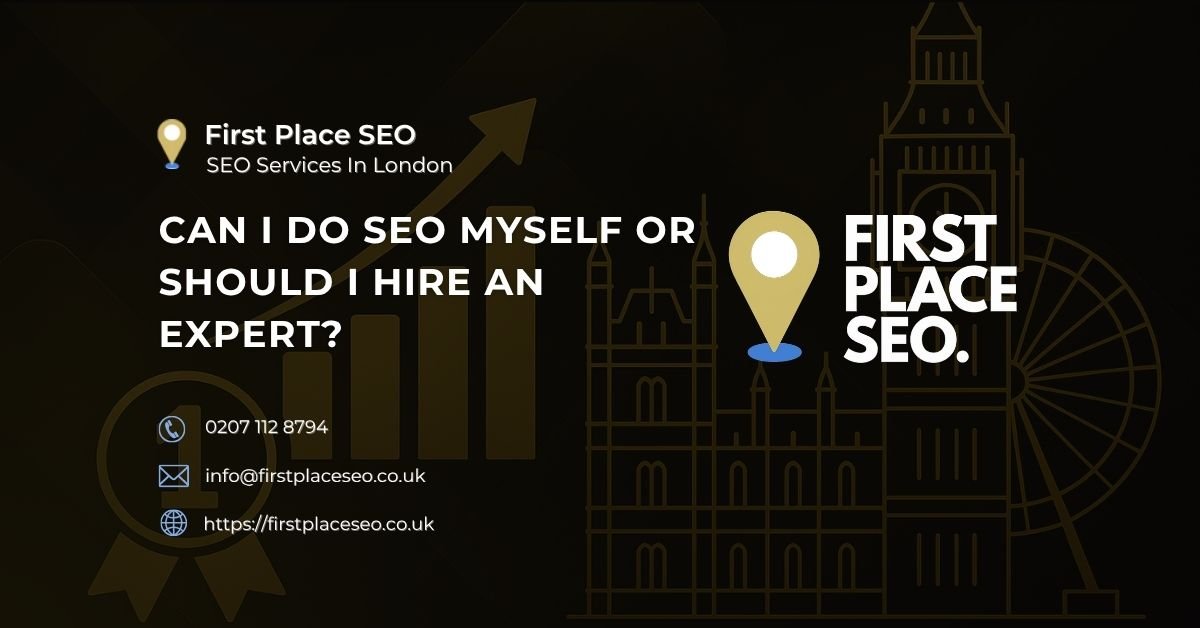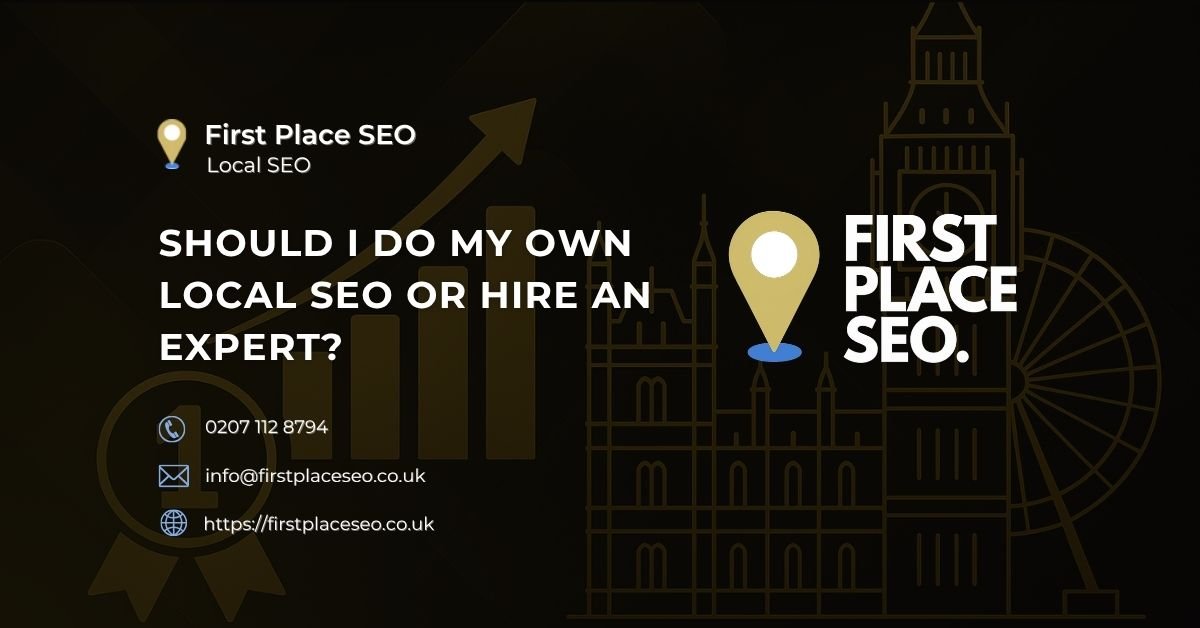SEO for Dropshipping: How to Make Your Store Stand Out Online
Are you a dropshipper finding it tough to get noticed in the crowded world of online retail? If so, you’re not alone. Many dropshippers are in the same boat, trying to attract the right customers amid stiff competition. You’ve likely wondered, “How can I get more people to visit my website?” You might have turned to Facebook groups or online forums and found that the advice usually centres around one thing: search engine optimisation (SEO).
But what does SEO really mean for a dropshipping business? And more importantly, how can you use it to give your store the visibility it needs to thrive?
As someone who’s been an SEO consultant, a copywriter, and a dropshipping store owner, I’ve seen first-hand how vital SEO is to standing out in this crowded space. I know the challenges of running a dropshipping business, especially when you’re competing with countless others selling the same products. But I also know how SEO, when done properly, can be a game-changer. In this article, I’ll share practical advice on how you can make your dropshipping website more visible to potential customers and, ultimately, more successful.
Why SEO Matters for Your Dropshipping Store
Dropshipping is an incredibly competitive business model. You’re selling products that you don’t produce or stock yourself. Instead, you advertise them on your website, and when a customer makes a purchase, the manufacturer or wholesaler sends the product directly to them. It’s a straightforward concept, but one that’s easy for anyone to get into, leading to a market that’s saturated with sellers.
So why should you care about SEO? It’s your key to standing out from the crowd. Think of SEO as your online reputation. Google (and other search engines) decide whether your website is worth showing to potential customers based on how well it’s optimised. A well-optimised site signals to search engines that you’re a trustworthy and relevant source of information or products, which can help push you higher in search results.
Unlike paid advertising, which can quickly drain your budget, SEO is a long-term strategy. Once you’ve put in the effort, it keeps delivering results without ongoing costs. For dropshippers, who often work with tight margins, this kind of cost-effective visibility is invaluable.
SEO vs. Paid Ads: What’s Best for Your Business?
It’s tempting to jump into pay-per-click (PPC) advertising, especially when you’re looking for quick results. Paid ads can indeed drive immediate traffic to your site. However, PPC can be costly, particularly in a competitive market like dropshipping. There’s also the risk of competitors clicking on your ads to run down your budget, leaving you with nothing to show for your investment.
On the other hand, SEO is more of a slow burn. It takes time to see results, but those results are sustainable. Unlike PPC, which stops delivering the moment you stop paying, SEO builds a foundation that can continue to bring in traffic long after the initial work is done.
So, where should you focus your efforts? Ideally, a mix of both strategies is the best approach. But if you’re just starting out and budget is a concern, focusing on getting your SEO right is a smart move. As your business grows, you can add paid ads to complement your organic traffic.
How SEO Helps Customers Find Your Dropshipping Store
Imagine a potential customer searching for “best yoga mats for beginners” on Google. If your dropshipping store sells yoga mats, how do you make sure your site shows up in those search results, rather than one of the thousands of others out there?
This is where SEO comes into play. When done correctly, SEO ensures that your website is seen as a top result for relevant search queries. But it’s not just about stuffing your site with keywords. It’s about creating a site that truly serves your customers’ needs—whether that’s through well-written product descriptions, informative blog posts, or a user-friendly design.
Google’s algorithms favour sites that offer a great user experience (UX). If your website is easy to navigate, loads quickly, and provides valuable content, visitors are more likely to stay, explore, and eventually make a purchase. And the longer they stay, the more Google notices, rewarding you with higher rankings.
Common SEO Myths in Dropshipping
There’s a lot of misinformation out there about SEO, particularly when it comes to dropshipping. You might have heard that “It takes three months for Google to index your site,” or “It takes six months to start seeing any ranking improvements.” The truth? Google can index and start ranking your site much faster—sometimes within days—if you’re implementing the right strategies.
Another common myth is that SEO isn’t worth it for dropshipping because it takes too long to see results. Yes, SEO is a long-term strategy, but that’s exactly why it’s so valuable. Unlike paid ads, which require constant funding, SEO builds a foundation that can keep bringing in traffic long after the initial work is done.
Steps to Optimise Your Dropshipping Store for SEO
So, how do you go about optimising your dropshipping store for SEO? Here’s a step-by-step guide.
1. Start with Thorough Keyword Research
One of the biggest mistakes dropshippers make is relying on the product descriptions provided by their suppliers. These descriptions are often too basic and don’t reflect how potential customers actually search for products online.
To write effective copy, you need to understand the keywords and phrases your target audience is using. Tools like Google Keyword Planner, SEMrush, or Ubersuggest can help you identify these terms. Once you’ve done your research, weave these keywords naturally into your product descriptions, focusing on how the product benefits the customer rather than just listing features.
2. Use Title Tags Wisely
Your H1 tag—usually the title of your webpage or product page—should clearly communicate what the page is about. Avoid stuffing it with keywords in an attempt to rank for everything. Instead, choose the most relevant keyword (for example, “blue festival hat”) and keep it straightforward. This approach not only improves your SEO but also creates a better user experience.
3. Write Unique and Compelling Product Descriptions
Never use the product descriptions provided by your suppliers without any changes. These descriptions are likely being used by multiple other sellers, which can lead to duplicate content issues that hurt your SEO. Instead, create unique, compelling descriptions that speak directly to your customers’ needs and desires. If writing isn’t your strong suit, consider outsourcing this task to a professional copywriter.
4. Optimise Your Product Images
Image optimisation is an easy win when it comes to SEO, but it’s often overlooked. Start by renaming your images with relevant keywords, and reduce file sizes to improve loading times. Don’t forget to add alt text—this not only helps with SEO but also makes your site more accessible to visually impaired users.
5. Clean Up Your URLs
A messy URL can be a big turn-off for both search engines and users. Instead of using a default URL like “https://dropshippingseo.com/category1/ujhiuhuifsdhiuhu5656,” create clean, keyword-rich URLs like “https://dropshippingseo.com/blue-festival-hat.” This small change can have a big impact on your SEO and how your site is perceived.
6. Make Use of Canonical Links
If you have the same product listed under multiple categories, use canonical tags to tell Google which version of the page it should index. This helps you avoid duplicate content issues and ensures that your most important pages get the visibility they deserve.
7. Build Internal and External Links
Link building is a big ranking factor. Start with internal links that help Google understand the relationships between different products and pages on your site. Then, work on building external links—both outbound links to authoritative sources and inbound backlinks from other sites. Backlinks are especially valuable, as they signal to Google that your site is trustworthy and authoritative.
8. Start a Blog to Generate Fresh Content
Blogging is one of the best ways to create fresh, relevant content for your site. Not only does it help with SEO, but it also positions you as an expert in your niche. For example, if you sell festival hats, you could write about festival fashion trends, how to choose the right hat for different types of festivals, and more.
Don’t worry about inserting product links in every post. Instead, focus on creating valuable content that resonates with your audience. The SEO benefits will follow naturally.
9. Submit a Sitemap to Speed Up Indexing
A sitemap is a file that helps search engines index your site more efficiently. By submitting your sitemap to Google Search Console, you can speed up the indexing process and ensure that all of your pages are properly indexed. This is especially important if you’ve just launched your site or made significant updates.
SEO Is a Continuous Effort
If there’s one thing you should remember, it’s that SEO is not a one-time fix. It’s an ongoing process that requires regular attention and updates. Google is constantly tweaking its algorithms, and your competitors are always trying to outdo you. To stay ahead, you need to keep refining your SEO strategy, optimising new products, and staying on top of industry trends.
If you’re feeling overwhelmed or unsure where to start, don’t hesitate to reach out for professional help. Here at First Place SEO, we specialise in creating tailored SEO strategies that help dropshipping businesses like yours thrive.
